Getting Started with LinkedIn: A Beginner's Guide
LinkedIn is a strong tool for professionals. It helps you boost your online presence, build your brand, and grow your network. If you want to use LinkedIn marketing wisely, it's key to know how to use the platform well. This knowledge can open doors to many career advancement chances.
LinkedIn Profile Optimization: Creating a Professional Online Presence
Having a good profile is important. It helps you show your personal brand and build a solid professional reputation on LinkedIn. Think of it as your online business card that tells people who you are and what you can do.
Crafting a Compelling Headline and Summary
Your headline should be eye-catching. Don't just use your job title; show off your skills or what makes you unique. Use clear language and include words that fit your industry. Instead of “Marketing Manager,” try something like “Marketing Manager with a Focus on Data-Driven Strategies.”
In your summary, tell your story! What drives you? Use this space to share details about yourself. Include elements of personal branding that highlight both what you're good at and who you are as a person. Talk about challenges in your field and hint at solutions you've found.
Showcasing Your Skills and Experience
Showcasing your skills on LinkedIn helps you stand out and gain credibility with peers and employers. Make good use of the 'Skills & Endorsements' section by listing important skills that match industry standards or job needs. Ask colleagues to endorse these skills based on actual work experiences.
When talking about your work experience, focus on what you've achieved, not just what you did daily. Use numbers when possible, like “boosted sales by 30% in six months.” This shows real proof of success in business development.
Adding a Professional Profile Picture and Background Image
First impressions are crucial online! A professional profile picture is key for good branding. Pick an image where you look professional, dressed right for your industry, and make sure it's high quality.
You can also use the background image creatively—it’s another chance to share who you are professionally or visually represent aspects of your work area.
Navigating LinkedIn's Features: Groups, Events, and More
LinkedIn has many features that help create connections through digital networking opportunities, like groups and events. Joining relevant groups gives access to discussions and resources among professionals facing similar challenges or interests.
Being active in group chats helps build authority while growing one's network through real interactions with others who share common goals related to community building on platforms like Legiit!
Building Your Professional Network Effectively
Building a professional network is key for career growth and business success. Networking helps you form valuable connections, share insights, and find opportunities in your industry. By using effective networking strategies, you can increase your visibility and create meaningful relationships that lead to collaboration and support.
Sending Personalized Connection Requests
When reaching out on LinkedIn, it's important to send personalized connection requests. Generic requests might get ignored. A tailored message shows real interest in the person's work or background. Mentioning mutual connections or shared interests can help you get accepted.
To write an effective connection request:
- Introduce Yourself: Say who you are and what you do.
- State Common Ground: Talk about mutual connections or experiences you share.
- Express Intentions: Clearly say why you want to connect—whether it’s to learn from them, chat about trends, or discuss collaborations.
Personal branding matters here too; showing your unique skills will attract like-minded professionals who share your goals.
Engaging with Content and Participating in Discussions
Engaging actively on LinkedIn is vital for building professional relationships. Liking, sharing, or commenting on posts boosts your visibility and shows you're a leader in your field.
Here are some tactics for audience engagement:
- Share interesting articles related to your industry.
- Join discussions by asking thoughtful questions.
- Offer constructive feedback on others’ posts.
By consistently engaging with relevant content, you position yourself as an authority while building a community among peers.
Finding and Connecting with Your Target Audience
Finding and connecting with your target audience is essential for client acquisition and business development. Knowing who they are helps you tailor your communication strategies better.
Here are some steps to find potential clients:
- Use Advanced Search Filters: Utilize LinkedIn's search tools by filtering results by location, industry, company size, etc.
- Join Relevant Groups: Participate in groups where members match your target market; this gives access to discussions that reveal community needs.
- Use InMail Messages: If you're a premium user, InMail allows direct outreach beyond standard connection requests—thoughtful messages can lead to high response rates.
Strategic partnerships often arise from these targeted interactions as businesses seek collaboration that benefits both sides.
Leveraging LinkedIn Groups for Networking and Lead Generation
LinkedIn Groups are excellent for networking events where professionals gather around specific interests or industries. By actively participating in these groups:
- You access invaluable resources shared by members.
- You find opportunities for referrals through established connections within the group.
- Engagement leads to professional growth—discussing common challenges helps find solutions together.
For maximum impact:
- Regularly share valuable content like tips or case studies relevant to ongoing group discussions.
- Encourage conversation by asking open-ended questions aimed at drawing responses from other members about their experiences related directly to core topics being explored together.
Networking effectively on LinkedIn takes effort—from sending personalized invites to active participation across various online channels! By putting in the work along with strategic approaches above means creating long-lasting relationships becomes doable over time leading ultimately towards greater success!
What is LinkedIn Marketing? Understanding Its Power
LinkedIn marketing is all about using the LinkedIn platform to promote your business and build a strong professional brand. It’s a vital part of social media marketing and digital marketing. On LinkedIn, you can reach a large audience of over 900 million members worldwide, making it perfect for gaining brand visibility and growing your business.
LinkedIn stands out because it focuses on professional networking. Unlike other social media sites where people connect for personal reasons, LinkedIn allows users to highlight their skills, experiences, and achievements. This helps businesses present themselves as experts in their field.
By using LinkedIn effectively, companies can connect with decision-makers who are looking for solutions to their problems. Sharing content strategically and running targeted ads can help boost online presence and create valuable professional relationships.
Defining Your Marketing Objectives and KPIs on LinkedIn
To make the most of your LinkedIn marketing, you need to set clear objectives that align with your business goals. Start by figuring out what you want to achieve. Do you want more brand awareness or are you looking to generate leads? From there, establish specific Key Performance Indicators (KPIs) to track your success.
Here are some common objectives:
- Increase audience engagement through regular posts
- Improve conversion rates from lead generation tactics
You can track user engagement metrics like likes, shares, and comments on your posts to see how well your content connects with followers. Additionally, monitor client acquisition rates resulting from your activities. This could involve tracking new connections made after campaigns or checking website traffic from your profile page.
Setting measurable goals at the beginning will help you continuously improve your strategies based on the results you see.
Developing a Content Strategy for LinkedIn
An effective content strategy is key to engaging users on LinkedIn. First, understand what type of content works best for your brand and audience interests. Long-form content like articles often performs well because they allow you to share industry insights and show off your expertise.
Use engagement tactics like polls or questions in posts to spark discussions around topics relevant to your field. Posting regularly keeps audiences engaged while helping build recognition for both individuals and the company over time.
Creating Engaging Posts and Articles
When writing posts or articles for LinkedIn, clarity is important. Make sure your messages are simple yet impactful. Aim to provide value without overwhelming readers with too much information at once.
Using storytelling techniques can make your posts relatable. Share success stories about how your products or services helped others. This can encourage potential customers to reach out and learn more.
Utilizing Multimedia in Your Strategy
Visual content creation plays a big role in any successful social media strategy, including on LinkedIn. Use images, infographics, and videos alongside written material to keep viewers interested.
Mixing multimedia with text helps break down complex ideas into easy-to-understand visuals that enhance retention of information shared through various channels.
Scheduling and Consistency in Posting
Digital networking thrives on consistent communication between parties involved—whether personally or professionally across various platforms like LinkedIn. Make it a habit to post regularly according to a schedule that works for you.
Being consistent helps build trust among followers as they come to expect updates from you frequently. Adjusting posting frequency based on feedback received allows you to optimize outcomes as needed over time while staying connected with your audience.
Running Effective LinkedIn Ad Campaigns

LinkedIn Ads are great for businesses that want to improve their digital marketing. They help reach a professional audience and boost brand visibility. To run successful LinkedIn ad campaigns, you need to know how to set up your account, target the right audience, track results, and optimize your profile.
Setting Up and Managing Your LinkedIn Ads Account
To start with LinkedIn marketing, you need an advertising account. Link it to your company page and fill in all necessary information for better profile optimization. A well-optimized profile boosts your credibility and attracts potential clients.
After setting up your account, learn about the different types of ads: Sponsored Content, Message Ads, Dynamic Ads, and Text Ads. Each type serves unique purposes in engaging audiences. For example:
- Sponsored Content shows up directly in users' feeds.
- Message Ads send personalized messages to inboxes.
Managing your campaign means regularly checking performance metrics like click-through rates (CTR) and conversion rates. Adjusting budgets based on these insights can improve outcomes over time.
Targeting Your Ideal Audience with Precision
Targeting is key for client acquisition on LinkedIn. Use job title targeting to reach decision-makers in industries that matter to you. By defining parameters like location or industry along with job titles, you ensure your ads reach those interested in what you're offering.
Also, think about B2B networking strategies by connecting with professionals who share interests or backgrounds with those already engaged with your brand. This method helps deepen audience engagement while expanding each campaign’s organic reach.
Tracking and Analyzing Your Campaign Results
Tracking user engagement metrics is crucial for understanding campaign performance over time. Key indicators include impressions (how many people saw the ad), clicks (how many interacted), conversions (actions taken), and overall lead generation effectiveness.
Using LinkedIn's analytics dashboard allows marketers to measure these indicators while gaining insights into demographic data about who interacts with their content most frequently—important info for refining future campaigns.
Regularly analyzing results helps identify trends in user behavior, which can inform adjustments needed for ongoing success in reaching targeted audiences effectively.
Improving Your LinkedIn SEO: Optimization Strategies
Optimizing SEO for LinkedIn goes beyond just having a good profile; it involves strategies that enhance your online presence while building a strong professional reputation.
Start by focusing on keyword use throughout every section of your profile—from headlines down through work experience descriptions—to improve searchability among peers in relevant fields or industries related back toward core messaging objectives established during branding initiatives.
Posting regularly about topics tied closely to your expertise builds authority over time without sounding overly promotional—a beneficial strategy both personally and professionally when aiming toward long-term growth trajectories across platforms consistently used moving forward!
Tracking Your LinkedIn Marketing Analytics: Key Metrics to Monitor
To track your LinkedIn marketing, you need to keep an eye on specific user engagement metrics. These metrics tell you how well your content connects with your audience and help you adjust your strategy.
User Engagement Metrics
User engagement on LinkedIn includes interactions like likes, comments, shares, and clicks. By looking at these metrics, you can understand which posts work best. Here are some key points:
- Likes: Show that people enjoy your post.
- Comments: Indicate deeper interest; users are engaging with your content.
- Shares: Suggest that viewers find your content valuable enough to share with their networks.
Regularly tracking these metrics can help maintain a strong professional reputation by ensuring you post relevant content.
Conversion Optimization
Another important part is conversion optimization. This means measuring how many leads or clients come from LinkedIn interactions. Set clear goals for each campaign, like getting users to visit a landing page or sign up for a newsletter. Tools like UTM parameters can help track where your traffic comes from.
Analyzing Your Results and Refining Your Strategy
After collecting data on user engagement metrics, it’s time to analyze it. Understanding what works helps you improve your digital marketing strategies.
Digital Marketing Insights
Look at trends over time instead of focusing only on single posts. Notice patterns in audience behavior based on posting times or types of content (like articles or videos). This will guide decisions about client acquisition tactics and lead nurturing efforts.
For example:
- If video posts get more views and shares than text updates, think about making more video content.
Refining business development strategies based on this analysis allows for more focused outreach towards engaged audiences who have shown interest before.
Staying Ahead of the Curve: Adapting to LinkedIn's Algorithm Changes
LinkedIn updates its algorithm often, which changes how posts appear in feeds. Keeping up with these changes is key for staying visible in a competitive space.
SEO for LinkedIn
Optimizing your profile for SEO can boost discoverability both on search engines and within LinkedIn itself. Use keywords in your profile summary and create valuable articles that tackle common industry issues. This encourages organic growth!
By adjusting your content marketing strategies and staying informed about algorithm changes, marketers can keep their online presence strong!
Common LinkedIn Marketing Mistakes to Avoid
LinkedIn marketing is great for connecting with other professionals, but many people make mistakes that can hurt their efforts. Let’s take a look at some of the common mistakes and how to avoid them.
First, profile optimization is often overlooked. If your profile isn’t set up well, you won’t attract the right attention. Your headline should say exactly what you do. Use your summary to showcase your skills and achievements. Include relevant keywords so people can find you easily.
Another mistake is not tracking engagement metrics regularly. Many users ignore how their posts perform. By watching likes, shares, comments, and follower growth, you can see what content your audience enjoys. Then, you can change your approach to match their interests.
Personalizing connection requests is also crucial. Sending out generic invitations can limit your networking chances. Take a minute to write a personal message explaining why you want to connect. This simple step helps build relationships from the start.
Finally, some people underestimate thought leadership on LinkedIn. Failing to share original content or insights keeps you from showing off your expertise. Post articles or updates regularly to establish yourself as someone knowledgeable in your field.
To sum up, avoid these mistakes: optimize your profile, track engagement metrics, personalize connection requests, and share original content. These tips will help improve your professional reputation and make networking on LinkedIn much more successful.
Real-World Case Studies: Successful LinkedIn Marketing Strategies
Learning from real-world case studies can show us what works in LinkedIn marketing for client acquisition and business development.
For instance, HubSpot uses targeted content marketing effectively on LinkedIn. They share useful articles aimed at marketers looking for tools to boost productivity. They engage with their audience in industry-related groups too. This strategy has improved their B2B networking and established them as leaders in inbound marketing.
Salesforce has another great example of community building through LinkedIn Live events. They host webinars for small business owners who want advice on digital transformation during tough times like economic downturns or pandemics. By offering free resources and live Q&A sessions after each event, they have expanded their reach among potential clients looking for valuable knowledge-sharing platforms in tech.
These examples show that sharing engaging content tailored to specific audiences and creating interactive opportunities can lead to better client acquisition rates.
The Future of LinkedIn Marketing and Networking
Looking ahead at future trends in LinkedIn marketing shows us how digital presence will become more important across many industries—from startups looking for quick growth to large companies refining existing practices!
Virtual networking opportunities are growing too! Thanks to new technology like Zoom being integrated into user interfaces, it’s easier than ever to switch from offline conversations to online ones without losing the connections made earlier.
Community-building strategies are also changing focus from competition to collaboration. More businesses recognize that shared goals among peers create positive environments where everyone benefits. This shift can boost overall morale and help improve brand image collectively!
Being aware of these changes means being ready for upcoming campaigns targeting wider audiences who are interested in real connections instead of just sales pitches alone as we move forward together into this evolving landscape where genuine interactions matter!
Frequently Asked Questions (FAQs)
1. What are effective connection strategies on LinkedIn?
Effective connection strategies include sending personalized requests, engaging with content, and leveraging mutual connections. Show genuine interest in the other person's work.
2. How can I make the most of networking events?
Attend relevant events, engage actively, and follow up with new contacts afterward. This builds rapport and increases your chances of meaningful connections.
3. What is online networking and why is it important?
Online networking involves building relationships through digital platforms. It helps you expand your reach, connect with industry professionals, and discover new opportunities.
4. How does LinkedIn help with client acquisition?
LinkedIn allows you to connect directly with decision-makers. Sharing valuable content increases visibility and positions you as an expert in your field.
5. What role does personal branding play on LinkedIn?
Personal branding establishes your identity on the platform. A strong brand attracts attention and invites connections that align with your goals.
6. How can LinkedIn Ads enhance my marketing strategy?
LinkedIn Ads target specific audiences effectively. They boost visibility and drive engagement with tailored messaging that resonates with potential clients.
7. What are some best practices for LinkedIn SEO?
Use relevant keywords throughout your profile, share quality content regularly, and engage with others’ posts to enhance your visibility.


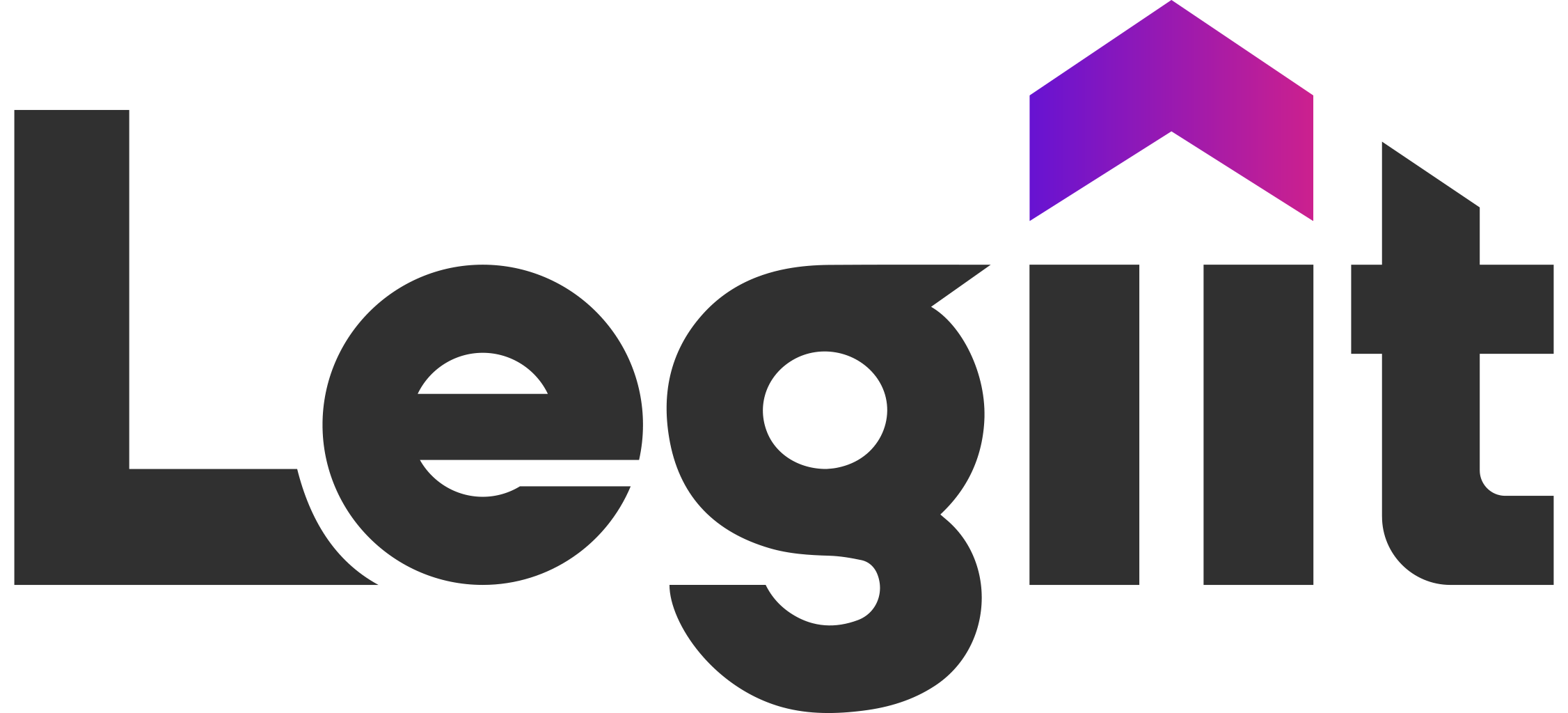
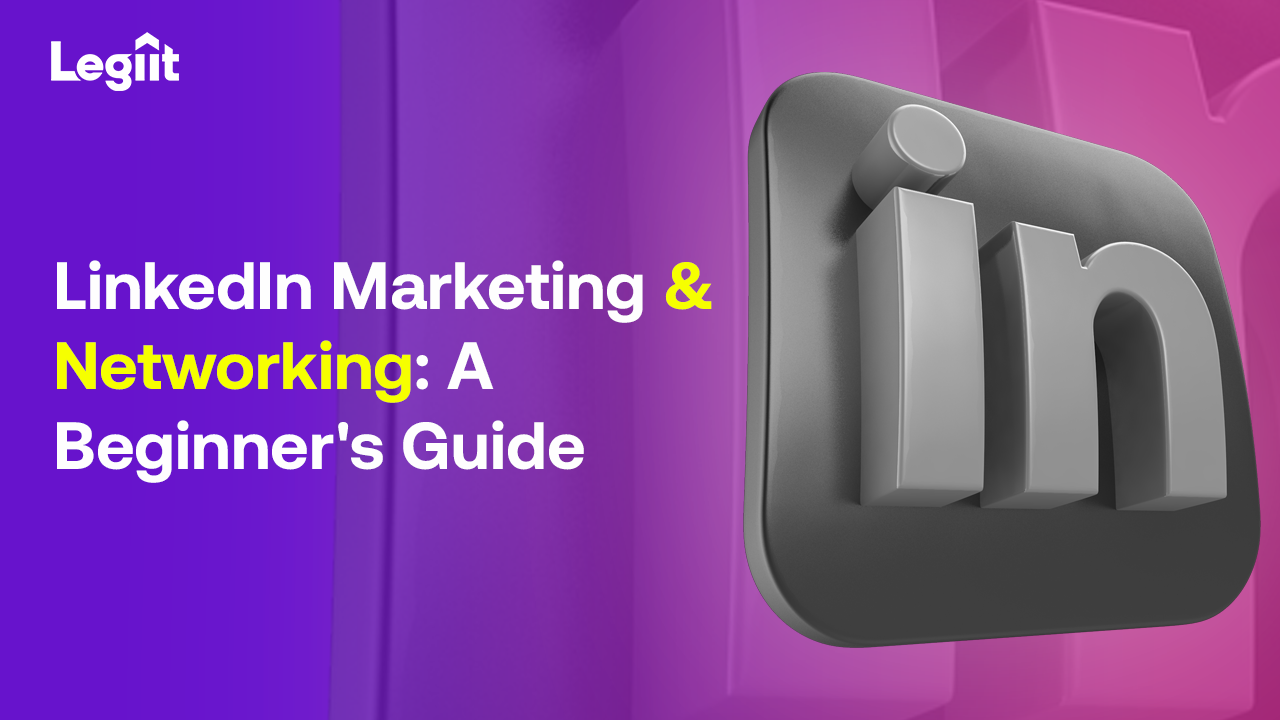
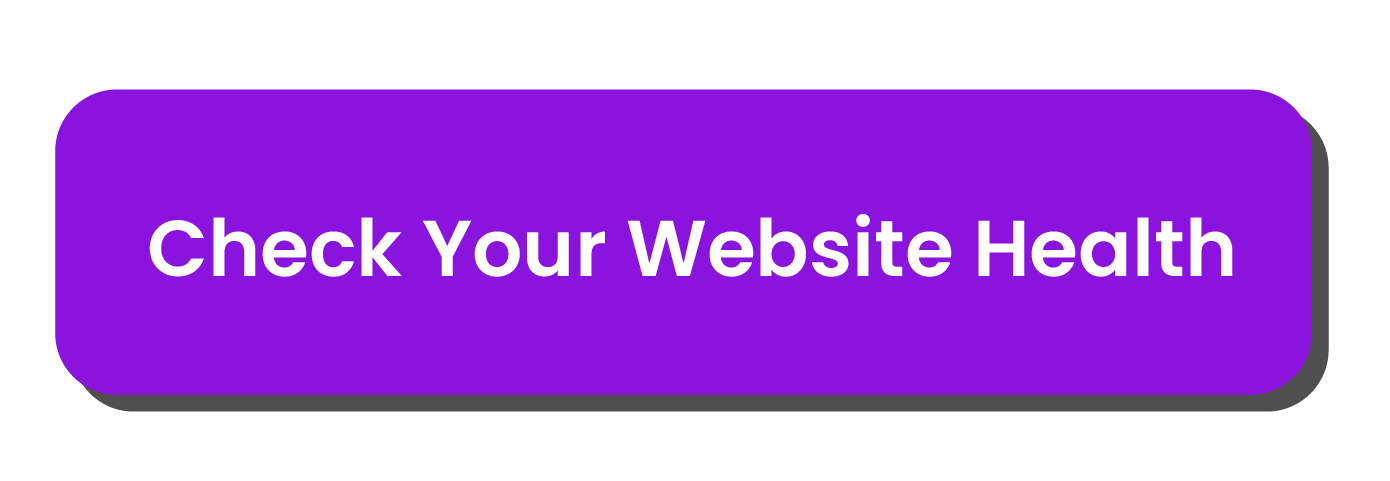
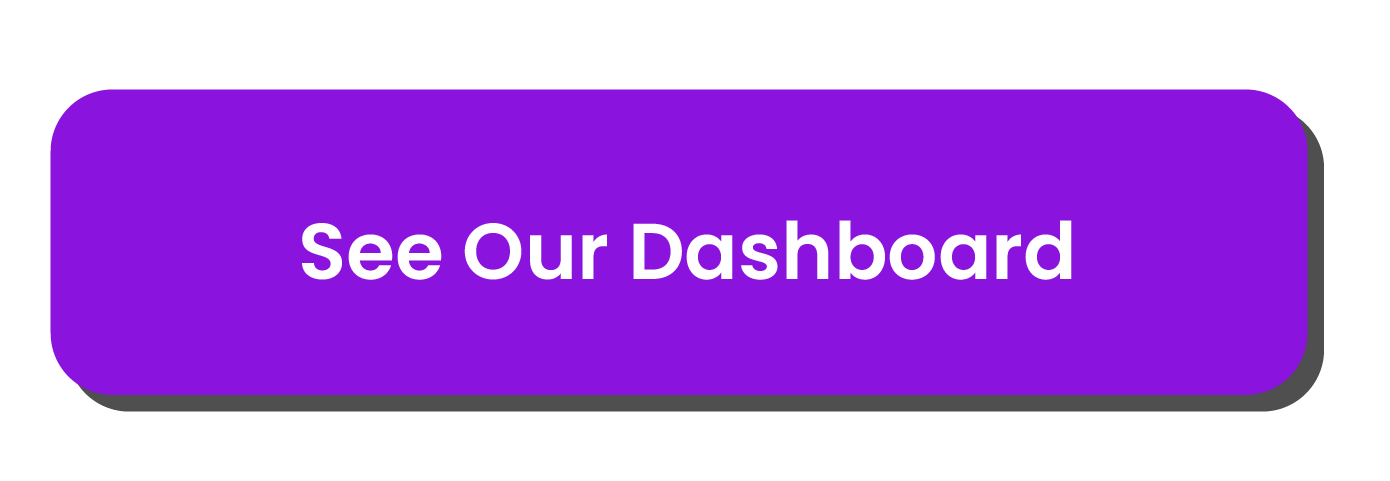






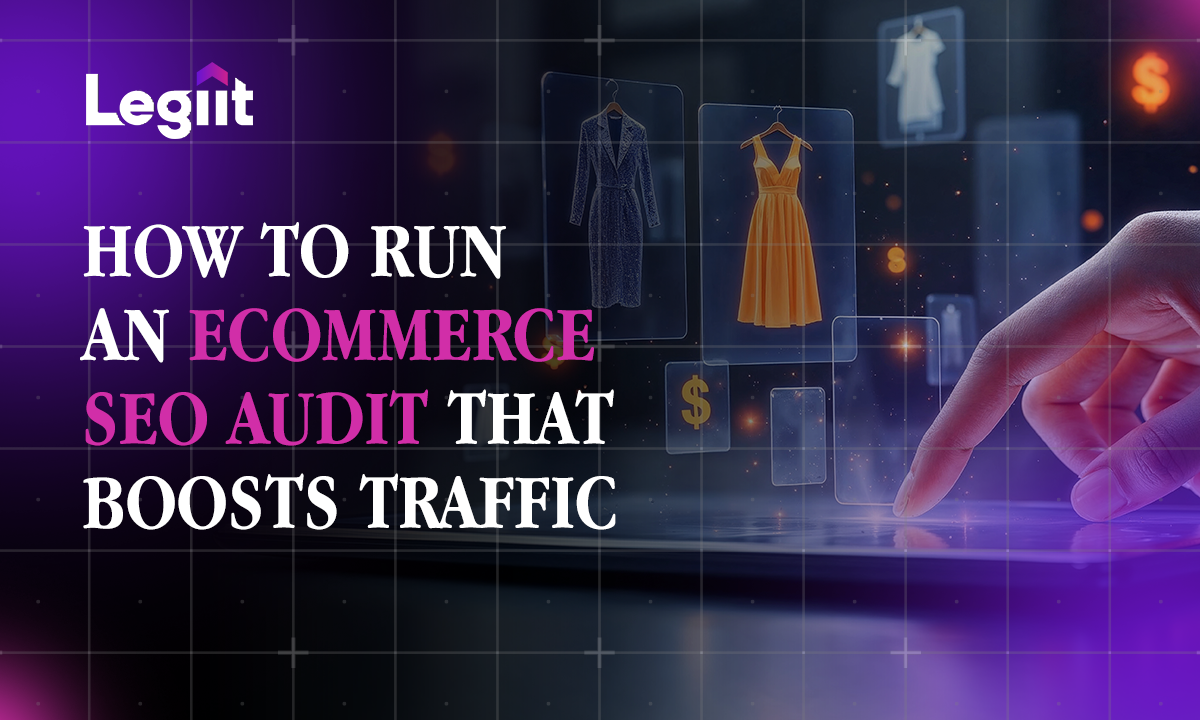

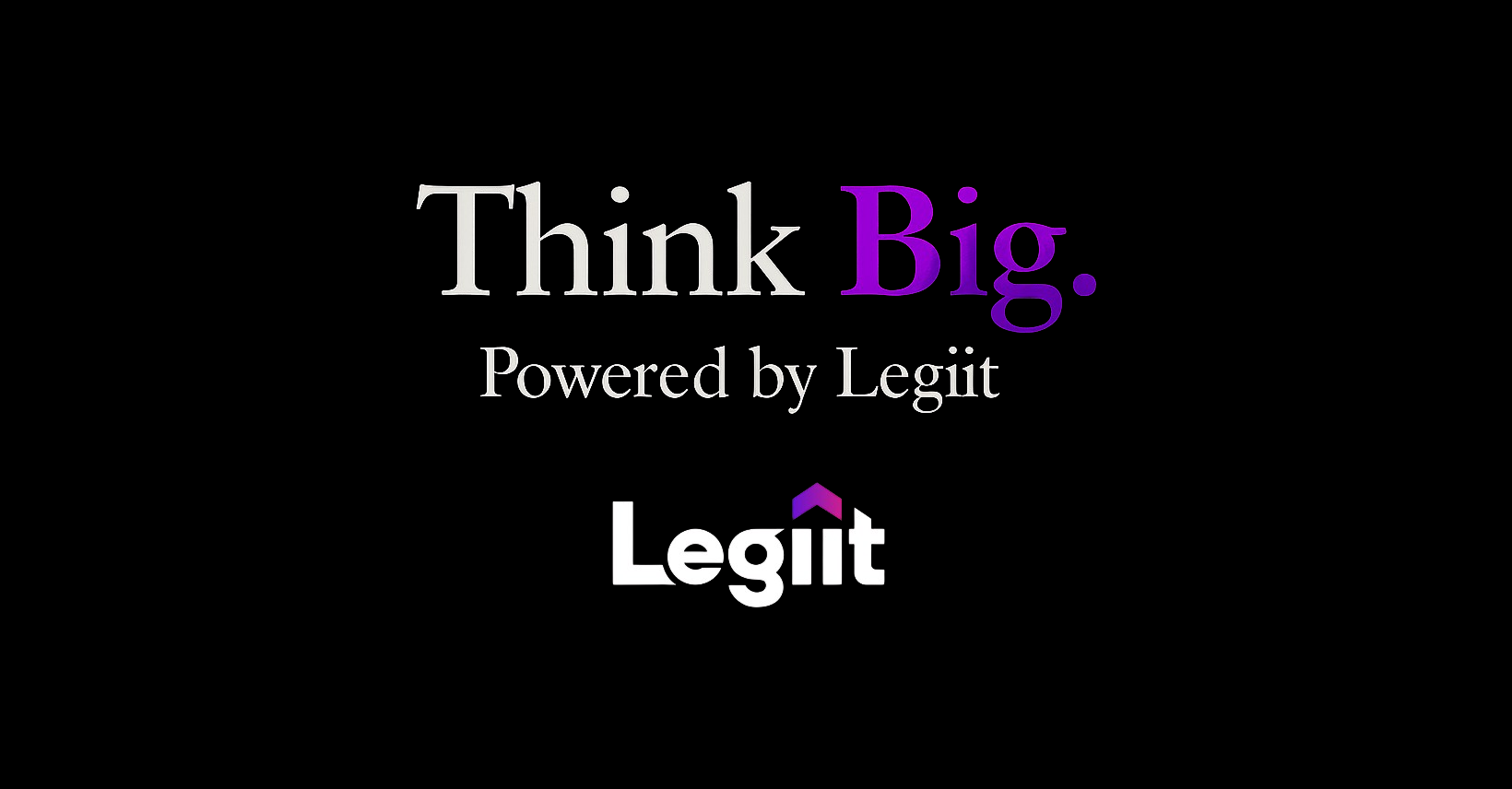
 Download
Download